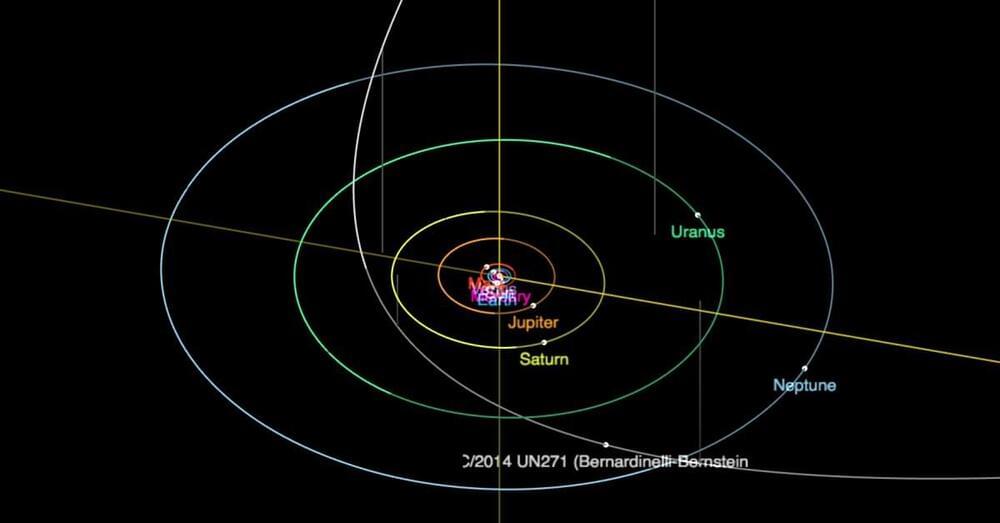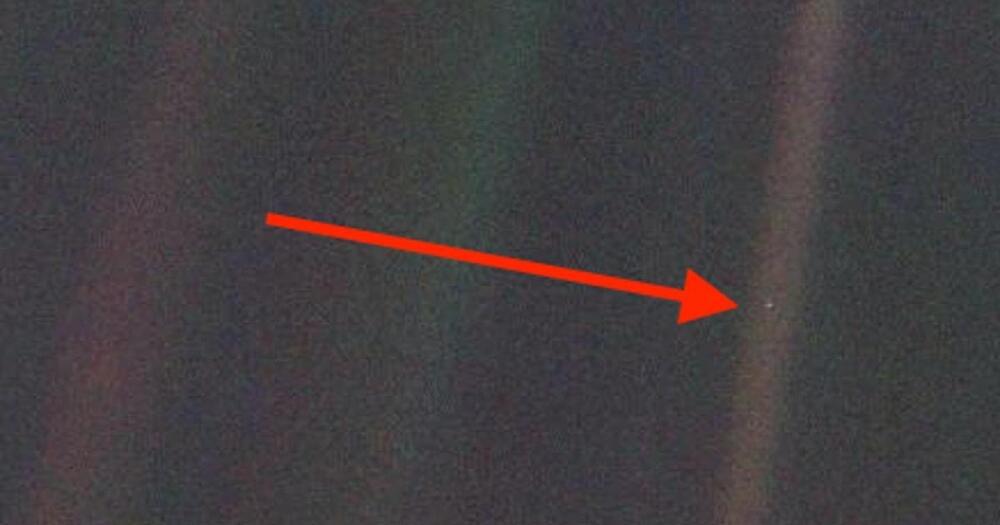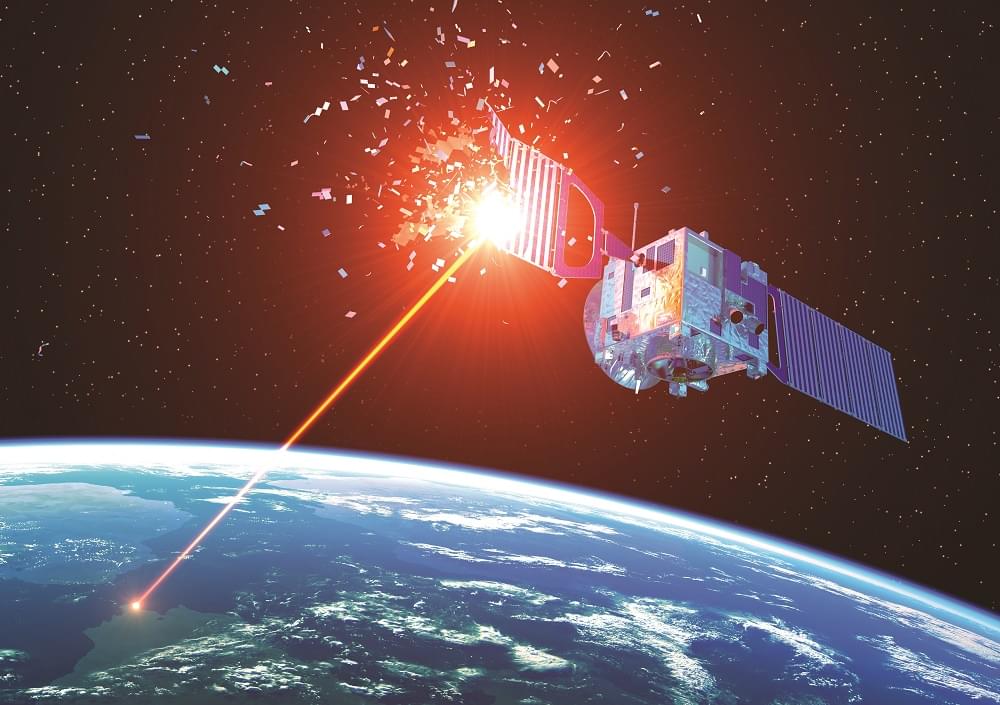Only one week after astronomers noticed a moving object in the sky, they’ve identified it as a long-periodicity comet from the Oort Cloud.


Two interactive web experiences let you explore the Martian surface, as seen by cameras aboard the rover and orbiters flying overhead.
It’s the next best thing to being on Mars.
Mars is the second smallest planet in our solar system and the fourth planet from the sun. Iron oxide is prevalent in Mars’ surface resulting in its reddish color and its nickname “The Red Planet.” Mars’ name comes from the Roman god of war.
What would a world without banks look like? The answer may lie in decentralized finance.
Decentralized finance is an emerging ecosystem of financial applications and protocols built on blockchain technology with programmable capabilities, such as ethereum and solana. The transactions get executed automatically through smart contracts on the blockchain, which includes the agreement of the deal.
“Anyone can actually build businesses on top of these protocols and using them the same way as we can today build an internet business on top of the HTTP IP protocol,” said Stani Kulechov, founder of a DeFi protocol called Aave.
Decentralized finance has captured only 5% of the crypto space, according to CoinGecko, but it has seen massive growth recently. There was $93 billion worth of DeFi assets in the crypto market as of June 2,021 up from $4 billion just three years ago. To be sure, DeFi’s growth has slowed since the summer of 2,020 and regulatory scrutiny from Capitol Hill has spiked over fears of crypto’s checkered past.
1:17-Chapter 1: The ABCs of DeFI
3:16-Chapter 2: The DeFi boom.
5:45-Chapter 3: Why people are excited about DeFi.
7:31-Chapter 4: What’s next?
» Subscribe to CNBC: https://cnb.cx/SubscribeCNBC


A ship in the Pacific Ocean carrying a high-power laser takes aim at a U.S. spy satellite, blinding its sensors and denying the United States critical eyes in the sky.
This is one scenario that military officials and civilian leaders fear could lead to escalation and wider conflict as rival nations like China and Russia step up development and deployments of anti-satellite weapons.
If a satellite came under attack, depending on the circumstances, “the appropriate measures can be taken,” said Lt. Gen. John Shaw, deputy commander of U.S. Space Command.

Earlier this year, in June 2,021 the British Ministry of Defence employed Rafael’s DRONE DOME counter-UAV system to protect world leaders during the G7 Summit in Cornwall, England from unmanned aerial threats. Three years ago, Britain’s Defence Ministry purchased several DRONE DOME systems which it has successfully employed in a multitude of operational scenarios, including for protecting both the physical site and participants of this year’s G7 summit. Rafael’s DRONE DOME is an innovative end-to-end, combat-proven counter-Unmanned Aerial System (C-UAS), providing all-weather, 360-degree rapid defence against hostile drones. Fully operational and globally deployed, DRONE DOME offers a modular, robust infrastructure comprised of electronic jammers and sensors and unique artificial intelligence algorithms to effectively secure threatened air space.
Meir Ben Shaya, Rafael EVP for Marketing and Business Development of Air Defence Systems: Rafael today recognizes two new and key trends in the field of counter-UAVs, both of which DRONE DOME can successfully defend against. The first trend is the number of drones employed during an attack, and the operational need to have the ability counter multiple, simultaneous attacks; this is a significant, practical challenge that any successful system must be able to overcome. The second trend is the type of tool being employed. Previously, air defense systems were developed to seek out conventional aircraft, large unmanned aerial vehicles, and missile, but today these defense systems must also tackle smaller, slower, low-flying threats which are becoming more and more autonomous.
In recently published research using the Atacama Large Millimeter/submillimeter Array (ALMA), astronomers announced that they had found the first clear detection of a circumplanetary, moon-forming disk surrounding the exoplanet PDS 70c — a first in astrophysics.
The circumplanetary disk, or CPD, has been seen in past research from other groups. However, due to the inability to tell the disk apart from its surrounding environment, the presence of the disk around PDS 70c could not be confirmed.
Until now.
HELSINKI — Three Chinese astronauts safely returned to Earth Sept. 17 after completing the first crewed mission aboard the Tianhe space station module.
Commander Nie Haisheng, Liu Boming and Tang Hongbo touched down inside the designated landing zone near Dongfeng in the Gobi Desert, Inner Mongolia, at around 1:34 a.m. Eastern Friday.
The main, 1,200-square-meter parachute opened around 10 kilometers above the ground, with the heat shield jettisoned at around 5.5 kilometers up. The landing occurred within the time and area indicated by airspace closure notices issued earlier in the week. Ground search and rescue teams swiftly located and secured the capsule after touchdown.

How possible?
Wozniak’s Privateer Space hopes to address the growing orbital debris problem.